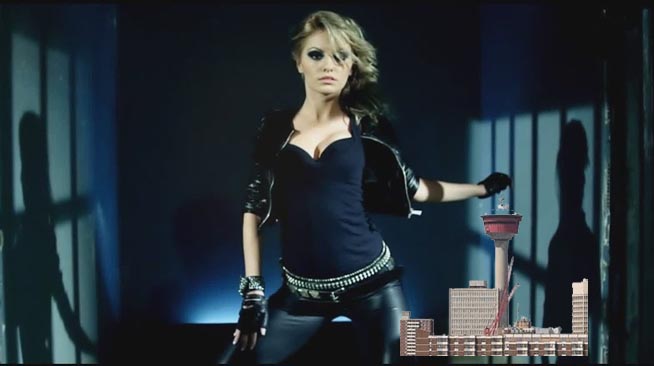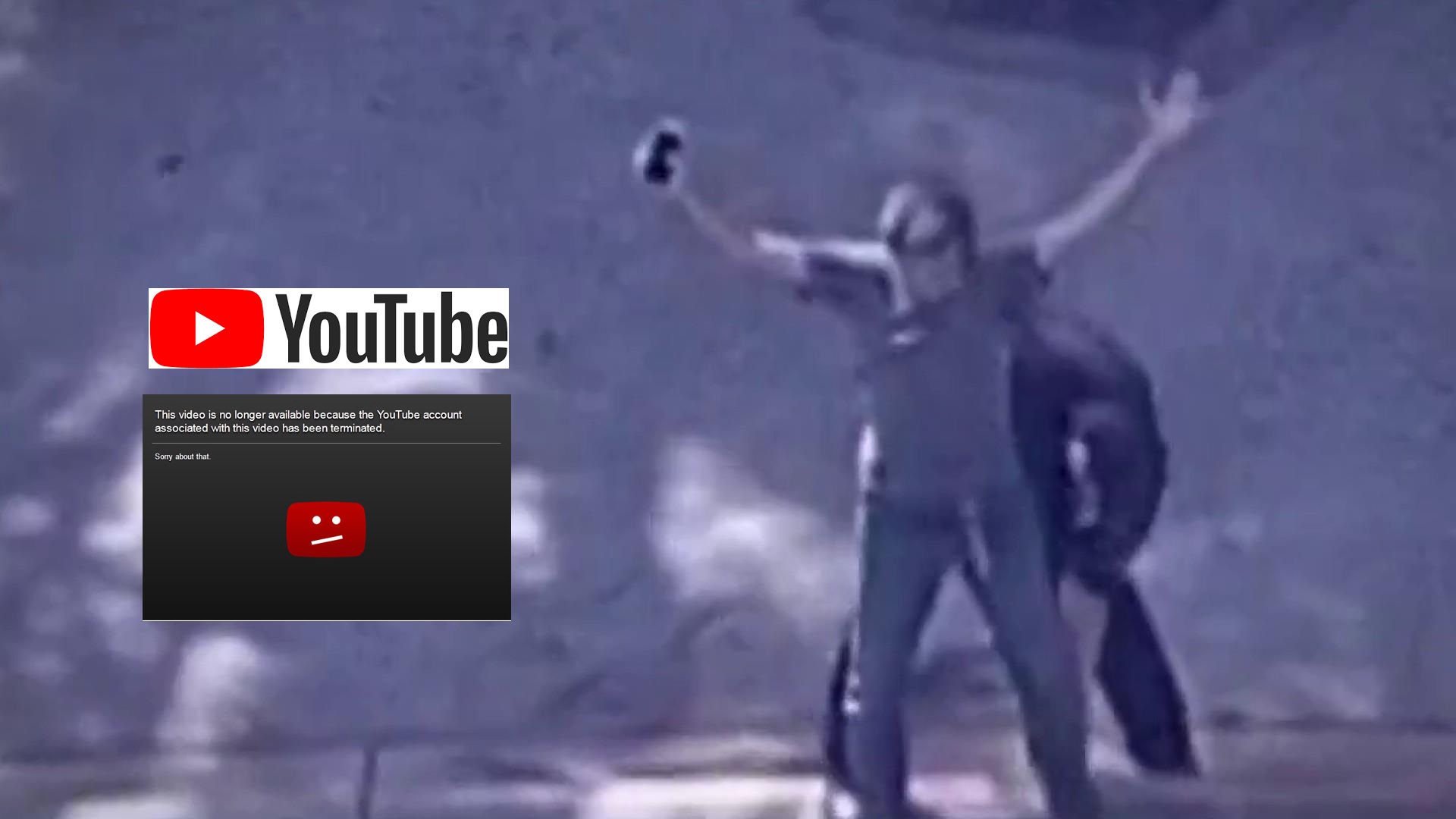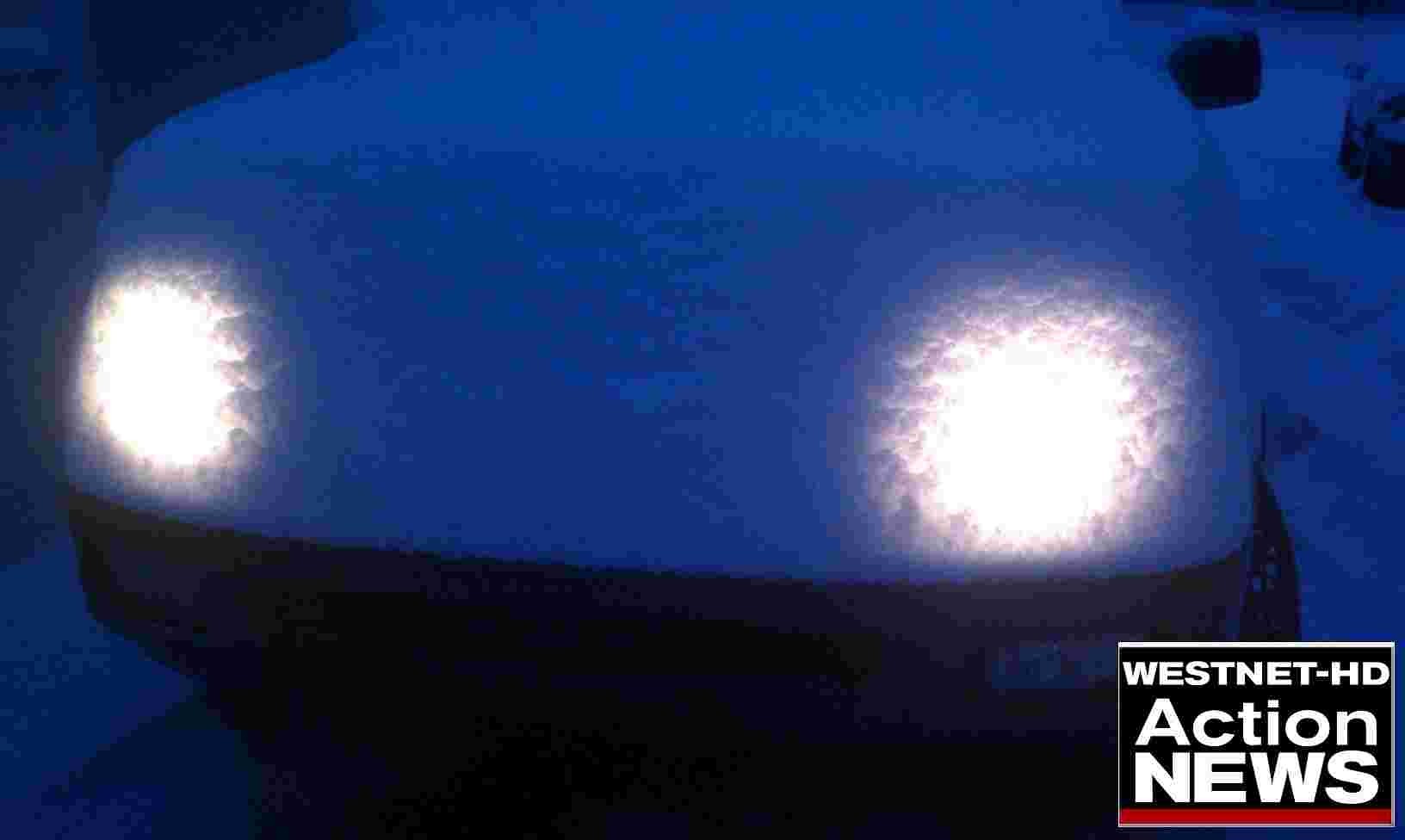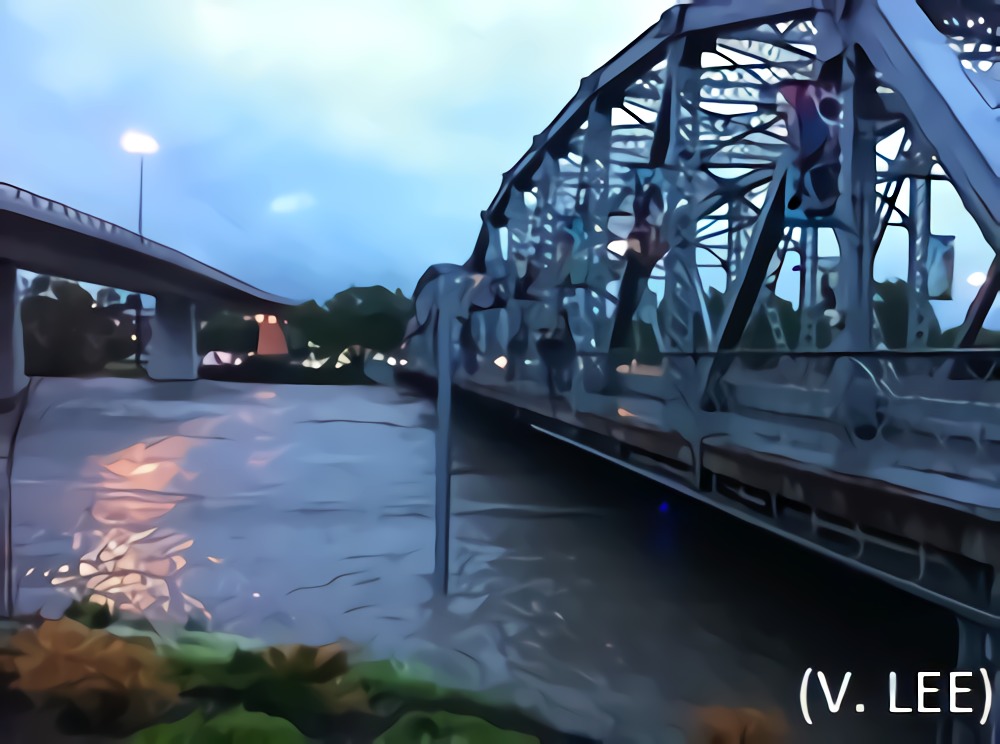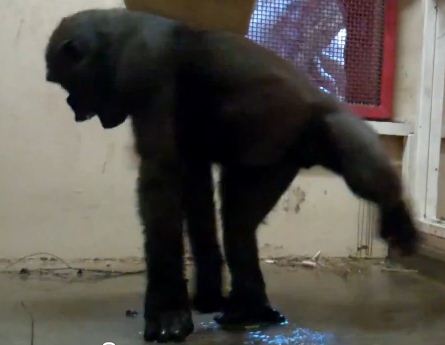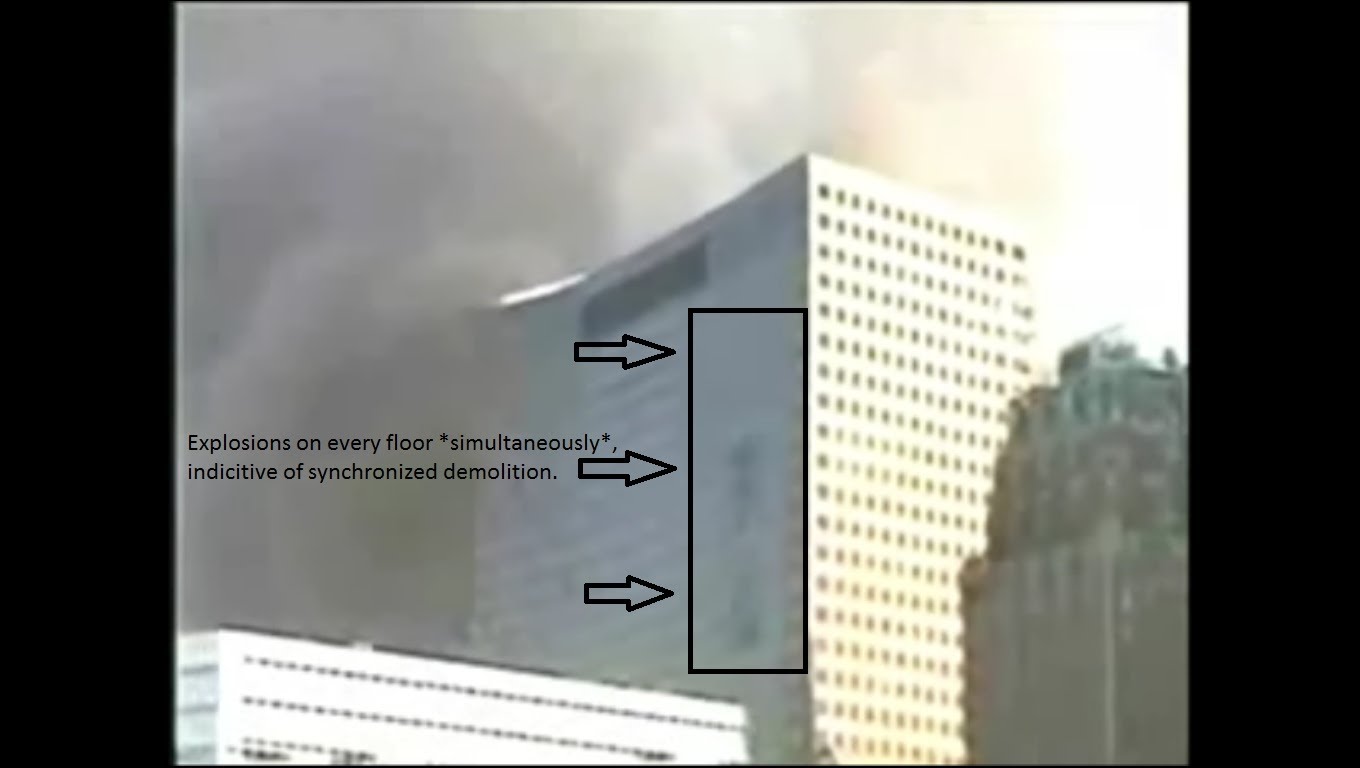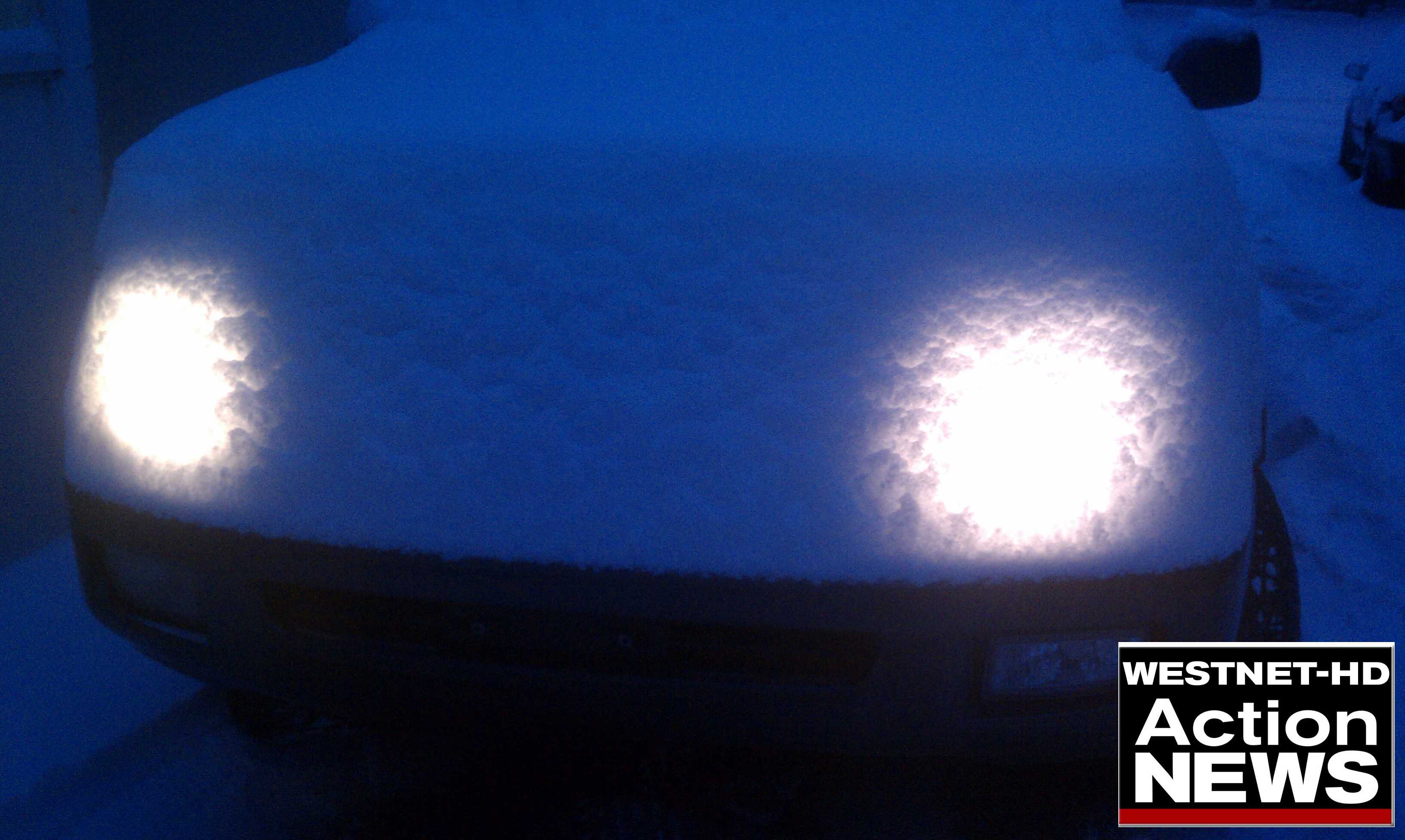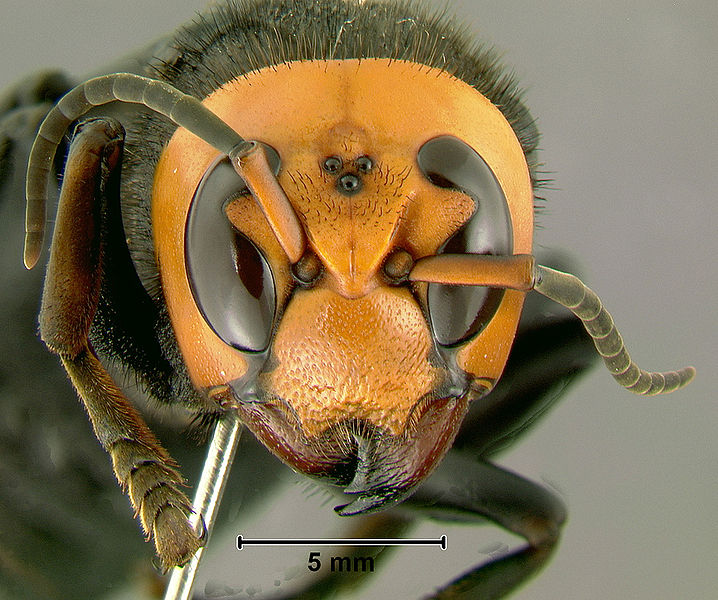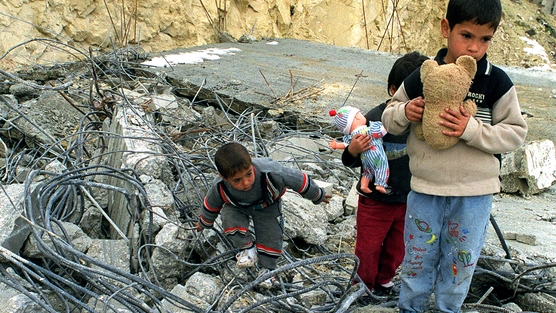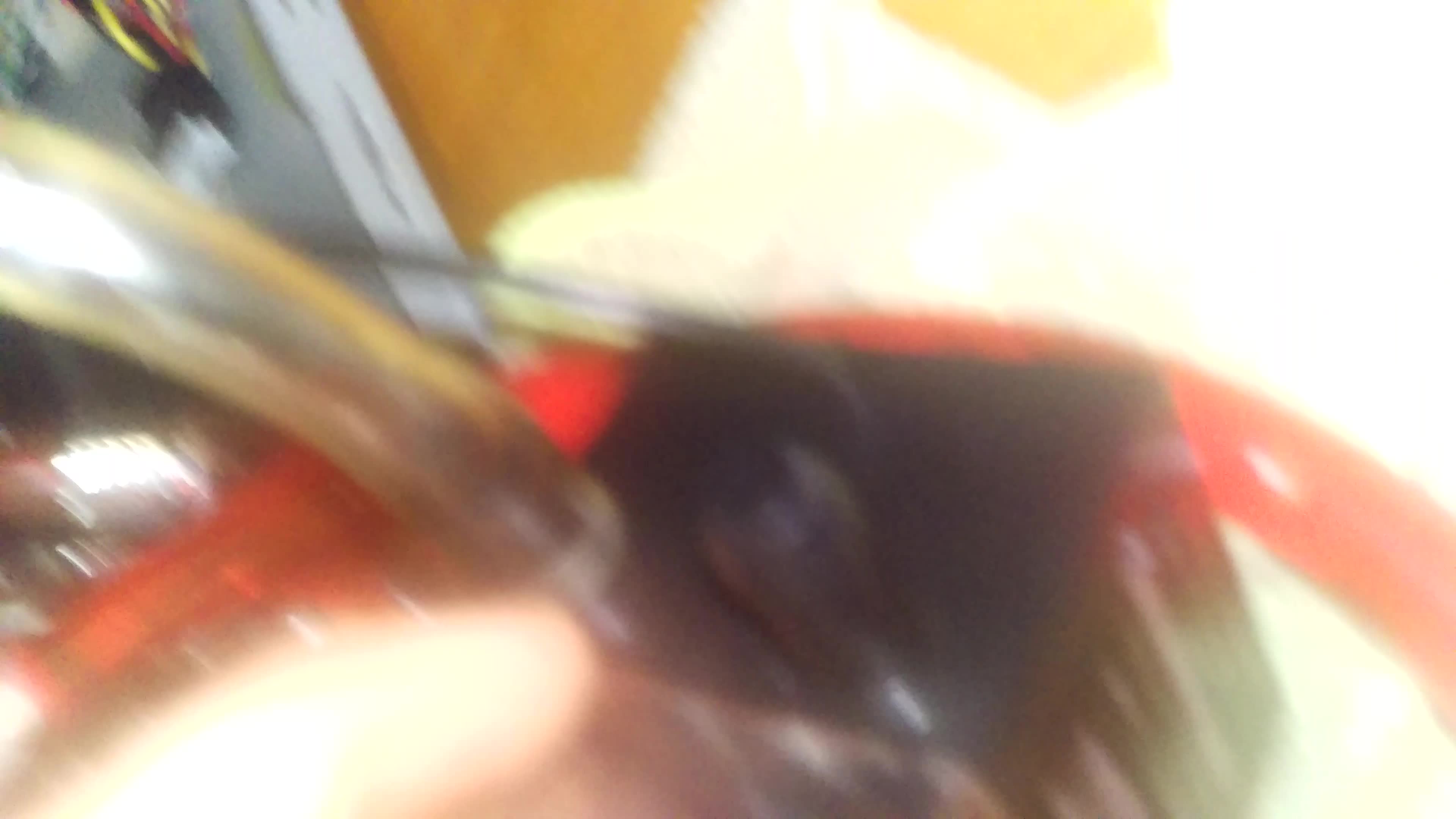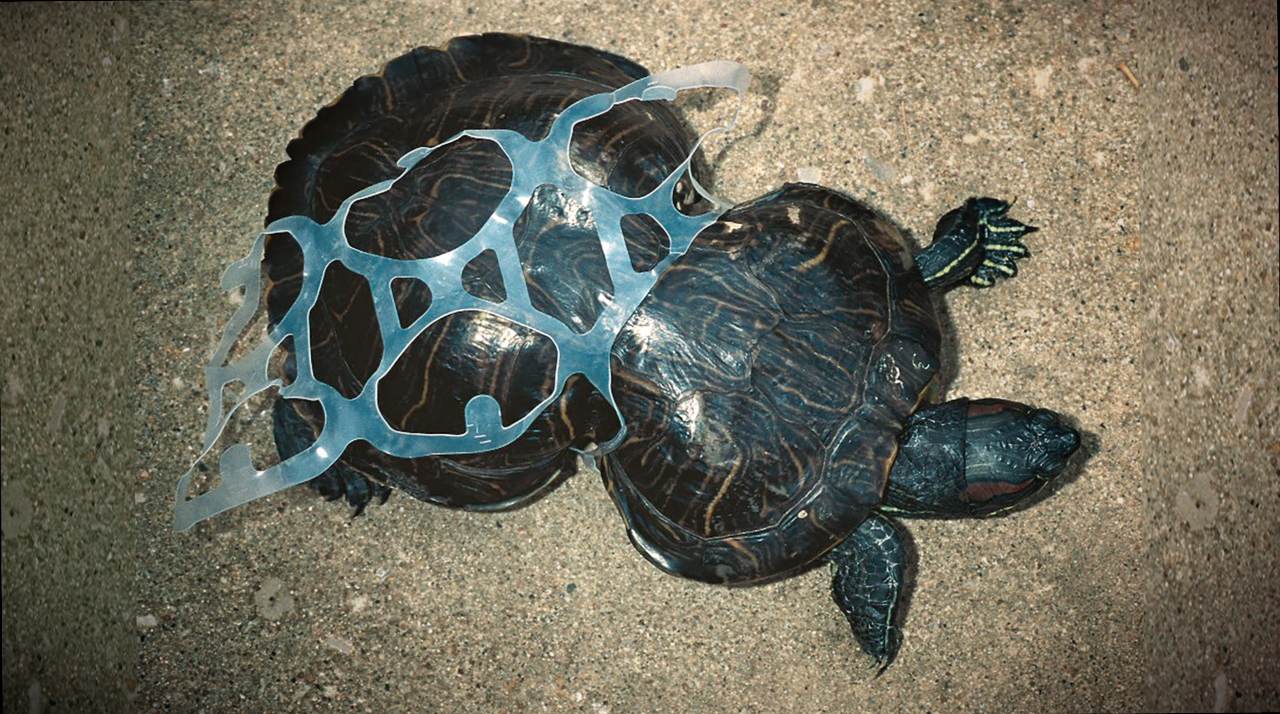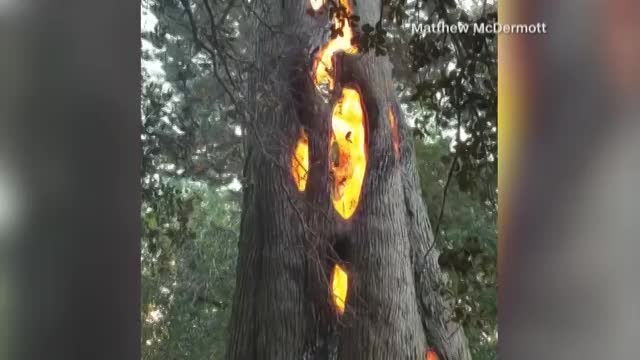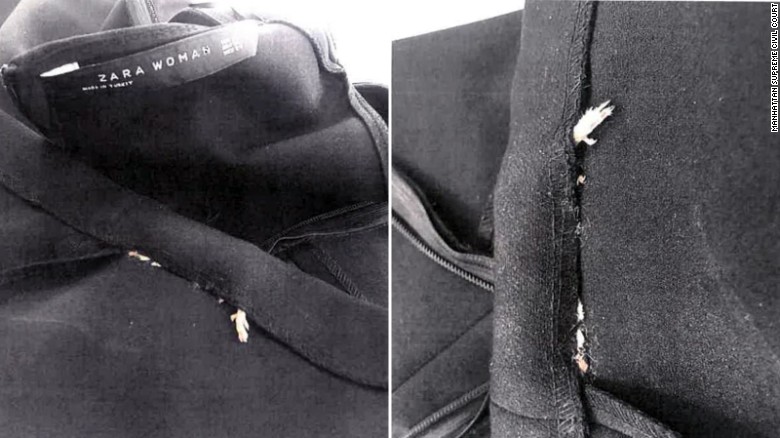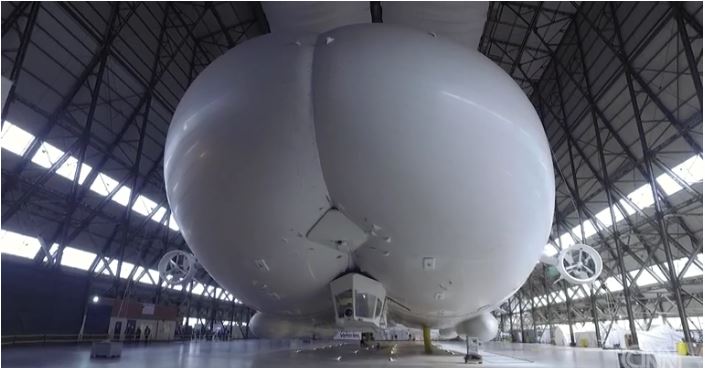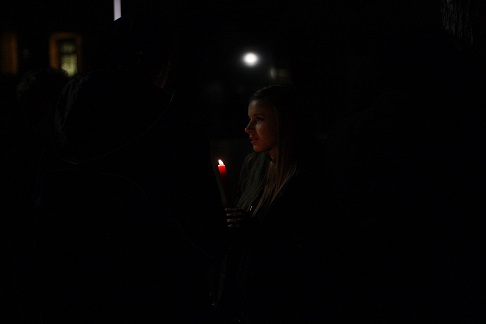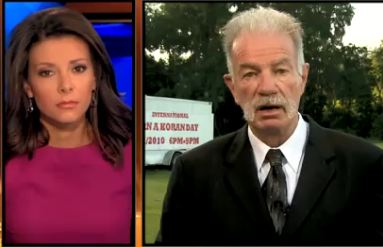Distant light puzzles scientists
Fresh evidence of the first objects to emerge after the Big Bang has left scientists debating what they could be.
Researchers say the cosmic glow could be the first stars or quasars, but are not sure which.
Dr. Alexander Kashlinsky and colleagues at the NASA Goddard Space Flight Center will report their findings in the January issue of The Astrophysical Journal.
Using NASA's Spitzer Space Telescope, the researchers analyzed infrared radiation from deep space.
They first removed the bright signal of recent galaxies in the foreground to detect the ancient background glow.
The researchers saw clumps in this infrared background radiation they believe come from the first objects to emerge from the Big Bang.
"Observing the cosmic infrared background is like watching distant fireworks from within a brightly lit city," Kashlinsky said. "It's as if we have turned off the city lights one by one to see the bursts more clearly."
Building on their study published in the journal Nature last year, the researchers said they could be picking up light from the earliest stars, stretched to infrared wavelengths by the expansion of the universe.
Alternatively, they say the distant glow could be from quasars large black holes that consume enormous amounts of gas and debris and re-emit the materials in powerful bursts of energy.
Less certain the glow comes from stars
Last year the researchers were reportedly certain the signals from deep space were from the earliest stars.
Kashlinksy said that was because his team had failed to explain that current equipment does not allow the researchers to pinpoint individual sources of the radiation.
"We did not make this point sufficiently clear in the Nature paper in 2005 and, hence, added a caveat on this in the new papers," Kashlinsky said.
"While we can't resolve each spark in the fireworks, we can see the large scale structures and their glow."
Lack of resolution
And it's this lack of resolution that astrophysicist Professor Michael Bessell of the Australian National University points to.
It's great that scientists have confirmed we can look back to the earliest star-forming period of the universe, he says. But the important question is what exactly we're looking at.
"If the distant fireworks are quasars, then this means the first stars were formed some time earlier," Bessell said.
"Quasars are the centre of galaxies and galaxies are assumed to form at a later stage to the first stars."
Ifthey are stars, Bessel says, it will be interesting to find out how large they are.
Bessell said astronomers believe that during the early universe stars grew very large because they contained a low percentage of metal.
Kashlinsky and team say if they are seeing stars they must be extremely bright ones, more than 1,000 times bigger than our Sun.
"What is the biggest a star can be?" he asks. "That would be very nice to find out."
The next generation Spitzer Space Telescope or the Square Kilometre Array telescope would help settle the true nature of these distant objects, Bessell said.



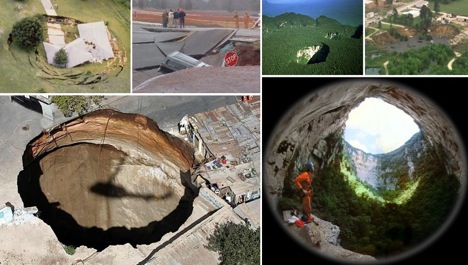



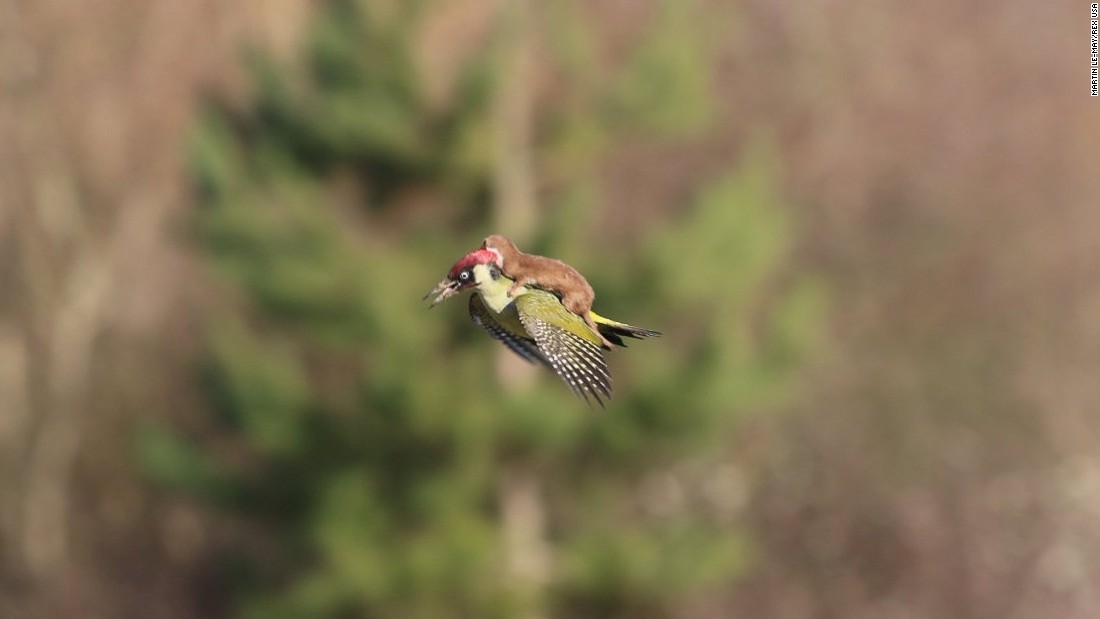
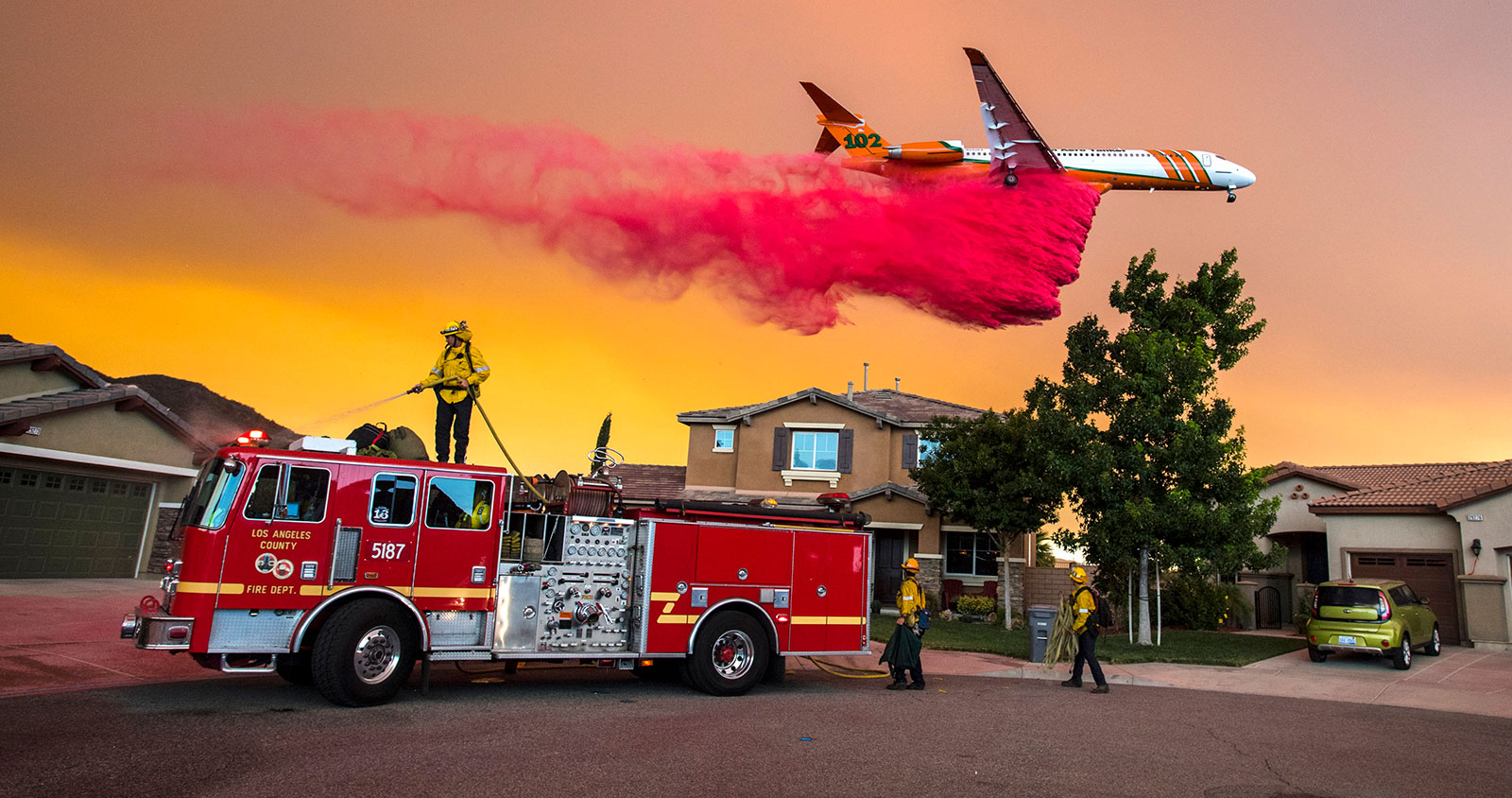
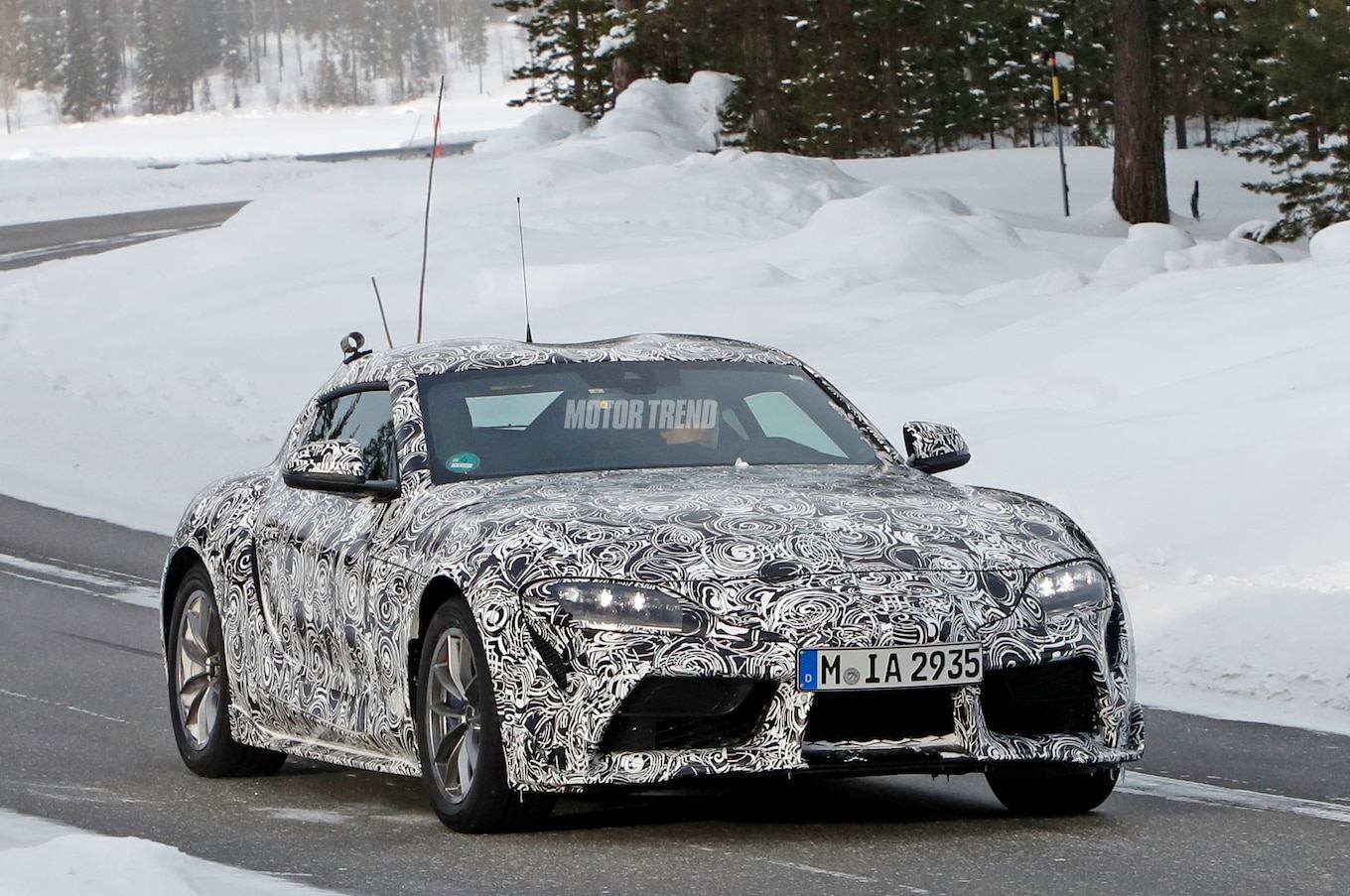


_(720p).jpg)

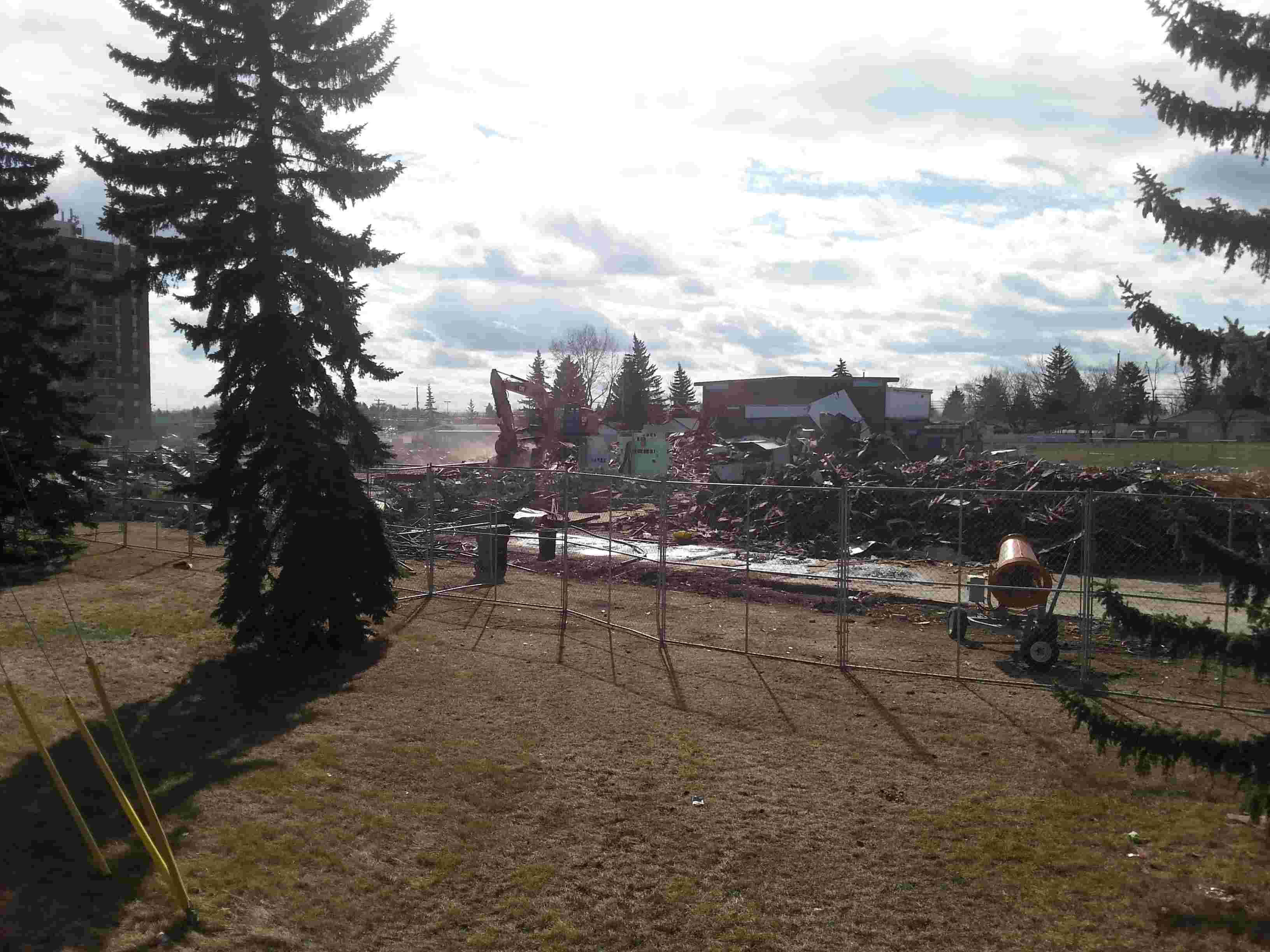
 OFFICIAL HD MUSIC VIDEO.jpg)
.jpg)
